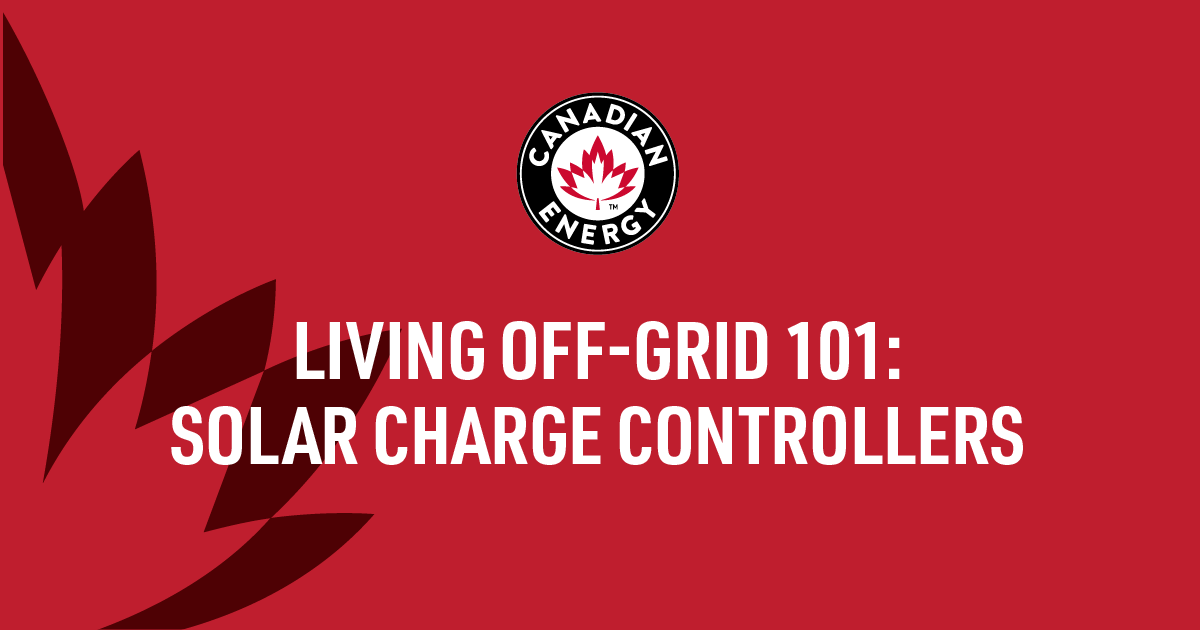Living Off-Grid 101 - Solar Charge Controllers

By: Randy Anderson, Technical Sales & Training Manager
We know you’re wondering, what does a solar charge controller do? Well, pretty much, the name explains it. A solar charge controller controls the amount of charge going into the batteries from the solar panels. It takes a voltage from the solar panels, and amperage, and reduces it down to a usable voltage for the batteries if, in fact, it is a higher voltage.
The main function, again, is to control the voltage going into the battery pack and control the amperage going into the battery pack from the solar panels. So the charge controller will reduce the voltage and amperage as the battery pack reaches full charge, and will shut off completely once the battery pack reaches full charge. It also prevents the battery pack from discharging, because at night, panels can actually discharge the batteries if there isn’t a solar charge controller in the system.
The size of the charge controller is going to vary with the number of solar panels in the system. It will also vary depending on whether the solar panels are connected in series, parallel, a combination of both, or maybe you have more than one charge controller. The charge controller shown in the video below will handle a maximum of 160 volts DC in from the solar panel and 60 amps of current; it’s a decent-sized charge controller that you would find in most off-grid systems.
If you have any burning questions on charge controllers like which one is right for your system, please contact us, we’re here to help!
Watch the video here:
